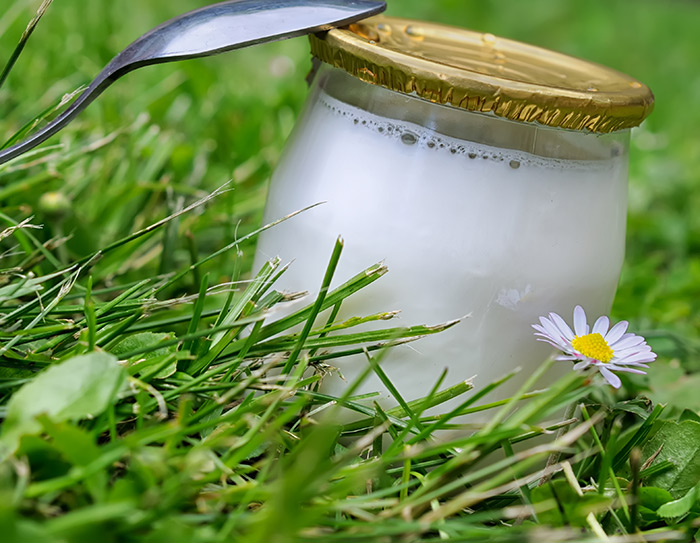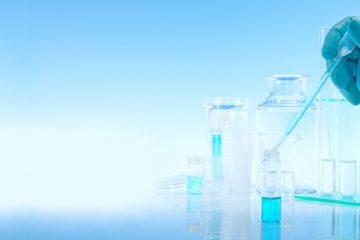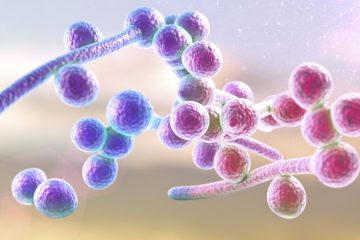Probiotics and Lyme Disease To help combat the complications of antibiotics in the treatment of Lyme disease, many people turn to probiotics.
M ost Lyme treatment protocols include the use of antibiotics. Unfortunately these drugs kill beneficial bacteria and facilitate the overgrowth of antibiotic-resistant bacteria as well as yeast. This interferes with digestion, nutrition and the immune system. The normal population of bacteria is essential in the production of specific vitamins, lowering cholesterol, protecting against cancer, and recirculating hormones.
Probiotics (which literally means “promotes life”) are beneficial microorganisms that help maintain the normal intestinal flora.
 To help combat these complications of antibiotics, many people turn to probiotic supplements. Probiotics (which literally means “promotes life”) are beneficial microorganisms that help maintain the normal intestinal flora. The most common type of probiotic is bacteria commonly found in yogurt and other fermented foods. These include Lactobacillus acidophilus and Bifidobacteria, including B. breve and B. longum. Lactobacillus rhamnosus, a bacterium found in some yogurts, has demonstrated particular benefits to the immune system. Certain yeast may also be used as probiotics. Another popular type of probiotic is soil-based organisms (SBO), which, as their name implies, are found in the soil…… Join or login below to continue reading.
To help combat these complications of antibiotics, many people turn to probiotic supplements. Probiotics (which literally means “promotes life”) are beneficial microorganisms that help maintain the normal intestinal flora. The most common type of probiotic is bacteria commonly found in yogurt and other fermented foods. These include Lactobacillus acidophilus and Bifidobacteria, including B. breve and B. longum. Lactobacillus rhamnosus, a bacterium found in some yogurts, has demonstrated particular benefits to the immune system. Certain yeast may also be used as probiotics. Another popular type of probiotic is soil-based organisms (SBO), which, as their name implies, are found in the soil…… Join or login below to continue reading.





























It would help Lyme sufferers or anyone limited by brain fog to have a simple, spreadsheet-like presentation of probiotics and their specific uses and counter indicated issues. But thanks for a fairly comprehensive article.
I’m currently taking antibiotics for a an early lime infection. At the same time I’m trying to get as big a variety of probiotics as I can. A commercial probiotic, a Saccharomyces boullardii supplement, homemade goat milk kefir, homemade kombucha, miso, natto, kimchi, homemade sauerkraut, and whatever else I can get, in addition to about 20 g of inulin daily. I have to say my digestion has never been better in terms of regularity, and after four weeks of antibiotics no constipation or diarrhea. Also a rash on my legs, which I had thought was heat rash, has cleared up; not sure if that can be ascribed to the antibiotics or the probiotics.
I would add that I have eaten low-carb/high-fat for years, so I was already avoiding the refined carbs that contribute to disbiosis. So I thought my microbiome was already in pretty good shape; but now it seems to be even better.
i would really like to know how these bacteria’s cure lime disease